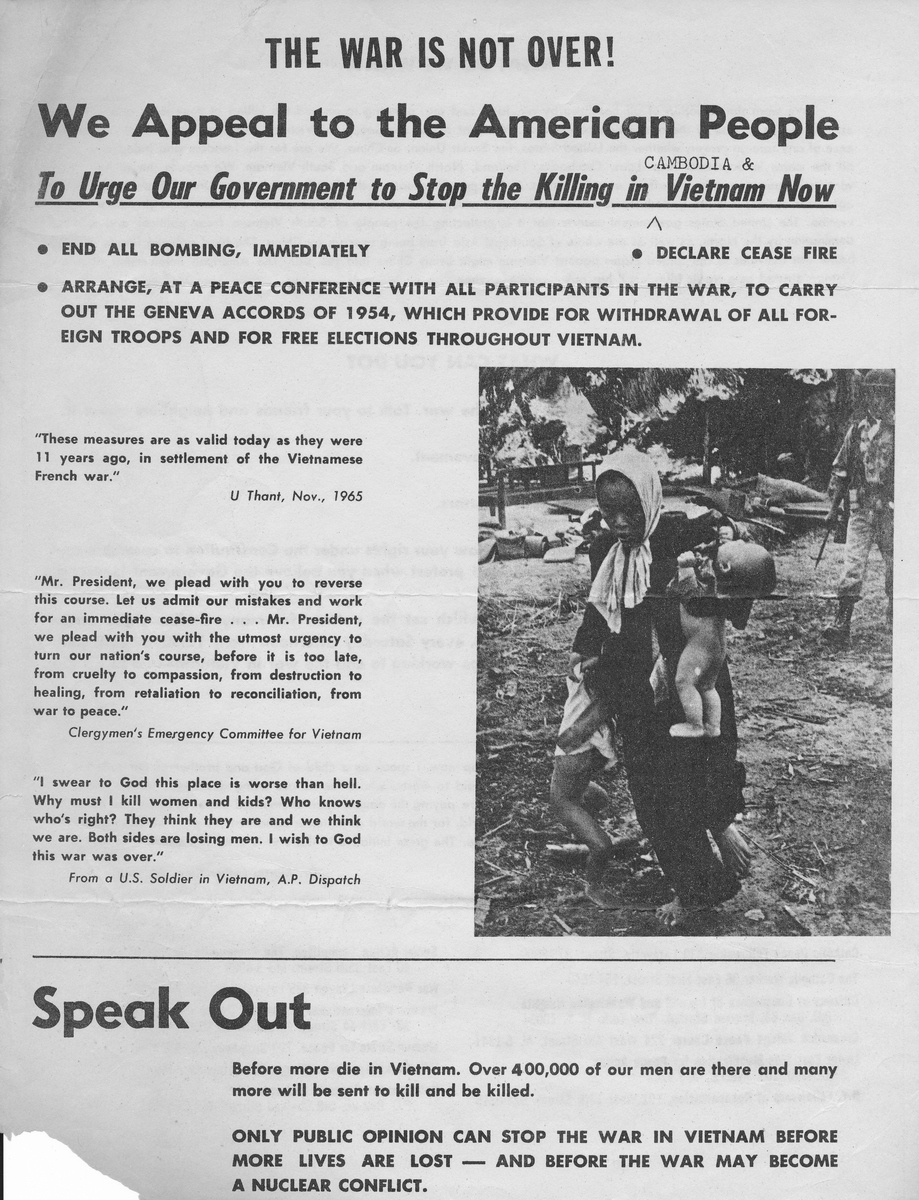The Power of Irony in Language: A Case Study of 'Gone with the Wind'
Chapter Four: The Application of Irony in Linguistics - A Case Study of 'Gone with the Wind'
Irony is a powerful tool in language that can be used to convey a wide range of messages and emotions. In this chapter, we will explore the application of irony in the famous novel 'Gone with the Wind' by Margaret Mitchell.
1. The Definition and Types of Irony
Irony is a rhetorical device that uses words to convey a meaning that is opposite of its literal meaning. There are three main types of irony: verbal irony, situational irony, and dramatic irony. Verbal irony is when a speaker says something but means the opposite. Situational irony is when the opposite of what is expected occurs. Dramatic irony is when the audience knows something that the characters do not.
2. The Use of Irony in 'Gone with the Wind'
'Gone with the Wind' is a novel set in the American South during the Civil War and Reconstruction era. The novel is filled with examples of verbal and situational irony that highlight the absurdity of the situation and the characters' actions.
One example of verbal irony can be found in Scarlett O'Hara's famous line, 'I'll think about it tomorrow.' This line is often interpreted as Scarlett's way of procrastinating and avoiding difficult decisions. However, the true irony lies in the fact that Scarlett never actually thinks about anything, but instead acts impulsively and recklessly.
Another example of situational irony can be found in the character of Ashley Wilkes. Ashley is portrayed as the epitome of Southern gentility and honor, but in reality, he is weak and indecisive. This contrast between appearance and reality is a classic example of situational irony.
Dramatic irony is also used to great effect in 'Gone with the Wind.' One example is when Scarlett finally realizes her love for Rhett Butler, but it is too late and he has already left her. The audience knows that Rhett loves Scarlett, but Scarlett is unaware of his feelings until it is too late.
3. The Function of Irony in Language
Irony serves several functions in language. It can be used to critique social norms and values, to highlight hypocrisy and absurdity, and to convey a sense of humor and satire. In 'Gone with the Wind,' irony is used to critique the values and attitudes of the Southern aristocracy, to highlight the absurdity of their actions during the Civil War, and to satirize their sense of entitlement.
4. Conclusion
In conclusion, irony is a powerful tool in language that can be used to convey a wide range of emotions and messages. Its use in 'Gone with the Wind' highlights the absurdity of the characters' actions and critiques the values and attitudes of the Southern aristocracy. Through the use of irony, Margaret Mitchell was able to create a vivid and compelling portrait of a tumultuous time in American history.

原文地址: http://www.cveoy.top/t/topic/oXc8 著作权归作者所有。请勿转载和采集!